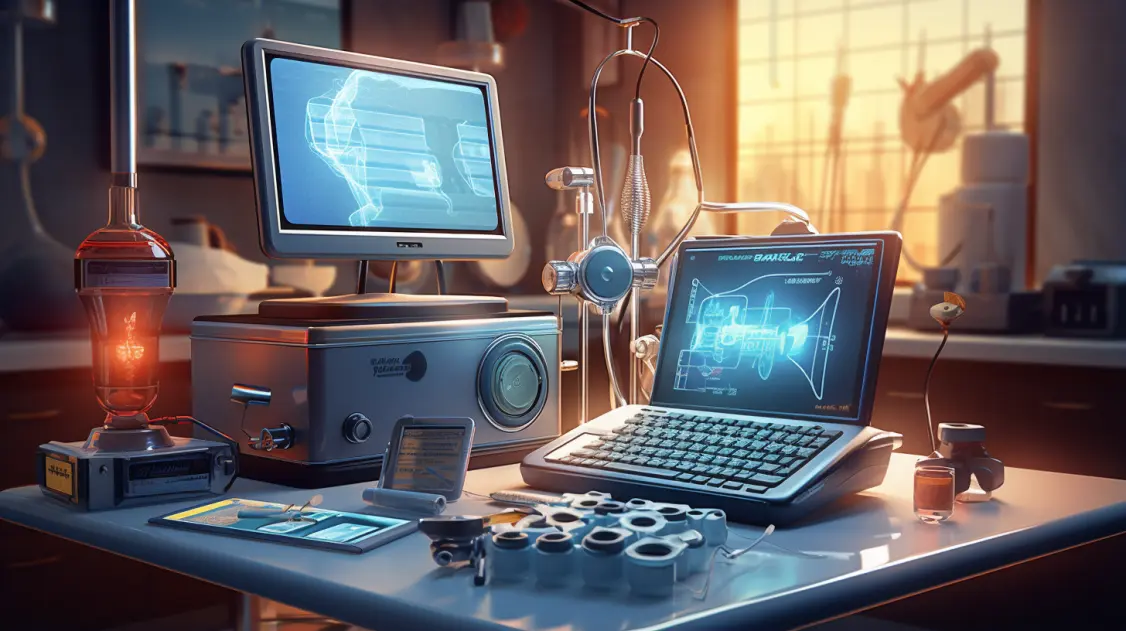Introduction
Our client, a prominent healthcare organization, faced the challenge of integrating their legacy serial port-based medical equipment with an existing Electronic Health Record (EHR) application. To address this issue, we proposed an innovative IoT solution that connected the medical devices to the cloud and created a custom bridging application server, enabling seamless interaction between the EHR system and the medical equipment. Our solution leveraged cutting-edge technologies such as HL7, ASTM Protocol, TCP/IP, GoLang, REST API, MQTT, Raspberry Pi, and Python.
Challenges
- Integration of legacy serial port-based medical devices with modern EHR systems.
- Forwarding serial device data over TCP/IP to the cloud.
- Developing a custom bridging application server for seamless interaction.
- Ensuring data security and HIPAA compliance during data transmission.
Solutions
- Integration of legacy devices: We utilized Raspberry Pi as a hardware interface, running Python scripts to establish communication between the legacy serial port-based medical devices and the IoT infrastructure.
- Forwarding device data to the cloud: We implemented the MQTT protocol to transmit serial data securely over TCP/IP, enabling the devices to connect to the cloud infrastructure.
- Custom bridging application server: Our team developed a custom server application using GoLang, which acted as an intermediary between the EHR system and the legacy devices. The server processed ASTM protocol data from the devices and converted it into HL7 format, making it compatible with the EHR application. We also implemented REST APIs to facilitate seamless communication between the server and the EHR system.
- Data security and HIPAA compliance: We prioritized data security by employing encryption and secure authentication methods for data transmission. Additionally, we ensured that our solution adhered to HIPAA regulations to protect patient privacy.
Results
Our IoT-based solution successfully bridged the gap between the client’s legacy medical equipment and their EHR application. The key outcomes included:
- Seamless integration: The client’s medical equipment and EHR application were successfully connected, allowing real-time access to vital patient data and improving the overall quality of care.
- Enhanced interoperability: The custom bridging application server enabled seamless communication between the medical devices and the EHR system, overcoming the limitations posed by disparate protocols and data formats.
- Increased efficiency: By automating data transfer and reducing manual data entry, our solution helped streamline the client’s healthcare processes and eliminate potential human errors.
- Secure and compliant data transmission: Our solution ensured that all data transfers were secure and complied with HIPAA regulations, providing peace of mind to both the client and their patients.
Conclusion
The successful implementation of our IoT-based solution demonstrated the power of innovative technology in overcoming the challenges associated with integrating legacy systems and modern applications. By leveraging cutting-edge tools and protocols, our team was able to bridge the gap between the client’s medical equipment and their EHR system, ultimately improving patient care and streamlining healthcare processes. This case study serves as an example of how embracing new technologies can lead to transformative outcomes in the healthcare industry.
